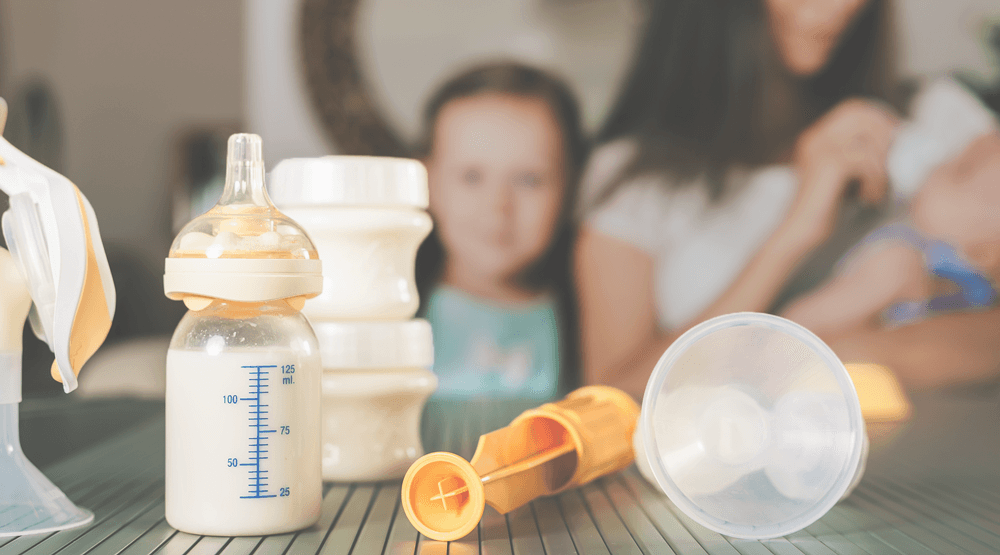BABY
What Is Nipple Confusion? And How Do I Avoid It?
Sucking on a rubber teat and sucking on a real nipple are actually very different.

Written by
Dr. Harvey Karp

SHARE THIS ARTICLE
PARENT PICKS
Bestsellers
BABY

Written by
Dr. Harvey Karp

SHARE THIS ARTICLE
Bestsellers
What is nipple confusion? It is a ‘first world problem’ that happens because sucking on a rubber teat requires a very different mouth and jaw action than sucking on a real nipple.
When babies breastfeed they relax and open the mouth wide. Next, they pull the milk out with gentle peristalsis (a wave of muscular contraction passing from the tip to the back of the tongue). Bottle-fed babies, on the other hand, open their mouths less widely and tend to bite the nipple, between the gums, to promote the flow of formula (You can imagine how that feels on your nipple!). This is what causes nipple confusion.
If a baby is breastfed and bottlefed in the same way, they may have nipple confusion. Here are signs that your baby may have nipple confusion:
It is best not to use bottles and dummies until nursing is going well. (Although, it is no catastrophe if your baby gets a dummy a few times in the hospital.) Once your baby is used to nursing, I recommend giving one bottle feeding per day (preferably of breast milk or—if you do not have enough milk pumped—breast plus some warm water that you previously boiled. But do not dilute the milk more than once a day. Frequent watered-down feedings are bad for health.) This way, your baby will learn how to take a bottle from another caregiver, in case you get sick, become unavailable, or have to return to work.
You can work on reversing nipple confusion by increasing your low milk supply in order to spend more breastfeeding time with your baby.
When to introduce a bottle to a breastfed baby? If you wait longer than 4 weeks to introduce the bottle to a baby, you may be rudely surprised by your baby’s emphatic rejection of the rubber nipple! Once you start bottles, try not to skip more than one or two days without giving one. (Some babies stubbornly refuse the bottle if their mums take too long a break.)
Introducing a bottle to your baby’s feeding schedule can cause nipple confusion. With the above tips, you can help your baby avoid nipple confusion while getting the benefits of bottle feeding and breastfeeding.
If you would like to learn more about breastfeeding, check out my breastfeeding tips.
Disclaimer: The information on our site is NOT medical advice for any specific person or condition. It is only meant as general information. If you have any medical questions and concerns about your child or yourself, please contact your health provider. Breastmilk is the best source of nutrition for babies. It is important that, in preparation for and during breastfeeding, mothers eat a healthy, balanced diet. Combined breast- and bottle-feeding in the first weeks of life may reduce the supply of a mother's breastmilk and reversing the decision not to breastfeed is difficult. If you do decide to use infant formula, you should follow instructions carefully.